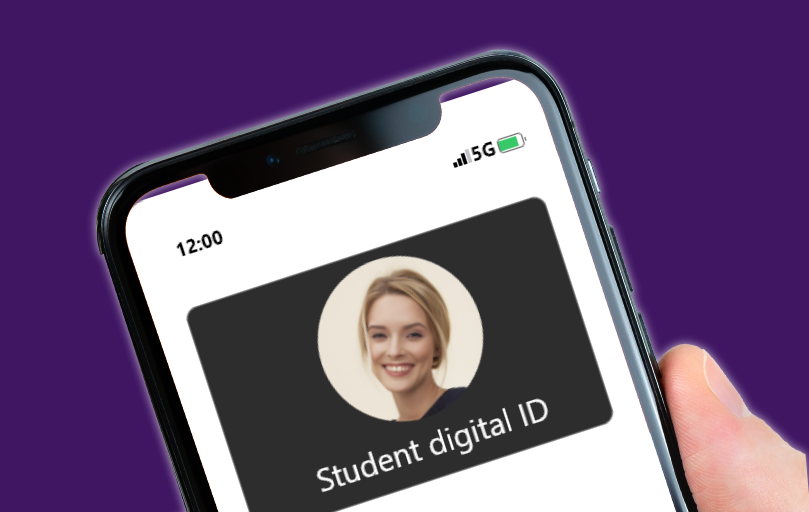In the wake of ProofID’s UCISA24 session titled “A Digital-First Future for Higher Ed”, here we build upon discussions to consider how to meet the challenges of changing student needs with data security and privacy in order to move towards a digital-first future.
How verifiable credentials ease the student digital journey
Central to the vision is the focus on providing a seamless digital experience for everyone, whether that’s a student, a member of the academic staff, or wider members of the institution’s community. From prospective students exploring their options to engaged alumni, each interaction should be frictionless, secure, and engaging via the use of verified credentials at every stage of the journey. Along the way however, there are inevitably challenges to overcome to innovate and adapt.
The dance of identities
With a constant influx of students and staff, each with unique digital footprints, higher education faces the challenge of providing hiccup-free provisioning of services and resources.
Verified credentials help the delicate dance of identities by providing users frictionless access via standardised and privacy-controlled identity management, whilst safeguarding sensitive information and maintaining student privacy. Across the institution’s digital ecosystem, this ensures that users’ personal data, access logs and activity history are managed within privacy and compliance frameworks, reducing risks and enhancing trust in the numerous platforms and systems students can access.
journey mapping
From initial interest to alumni status, the student’s journey unfolds through five stages – interest, applicant, study, alumni, and return – emphasising the need to anticipate and address unexpected curveballs along the way.
5 KEY STAGES OF THE STUDENT JOURNEY

Mapping out a journey effectively is made simpler with verifiable credentials. These credentials help in identifying and confirming a student’s progress, fostering trust and transparency by allowing controlled access to relevant identity details while protecting privacy. It also means understanding the different paths students might take, like gaps in enrolment or changing courses. By mapping their journey, we can find the challenges, make processes smoother, and ultimately improve their experience. This includes both in-person interactions and virtual touchpoints, all aimed at managing their journey better.
Managing multiple personas
Students frequently juggle multiple personas within a university – for example, a study abroad year, industrial placement, or perhaps a change in their course. Regardless of the roles they assume, their verifiable credentials allow seamless access to the resources and systems they need to assume each role, easing their digital journey. It’s a joined up digital experience that provides data privacy and security based on who they are, and what hat they’re wearing at any given time.
Consistency in identities
Maintaining consistent identities throughout the student journey is a crucial element in reducing the chances of identity fraud in higher education. It’s imperative in safeguarding the overall campus that those students who receive an offer of a place to study, and those who attend and register on day-one, are one and the same person. Strategies discussed include synchronizing identities through students’ verifiable credentials and application ID proofing. Students can be verified at enrolment through a live selfie process making identify verification more secure and simple without the need for physical ID verification.
HOW IDENTITY VERIFICATION WORKS

This guarantees an accurately represented population from application to graduation, reducing errors and admin overheads whilst also providing personalization of services, targeted communications, and tailored support leading to better student retention.
International enrolment challenges

Helping foreign students navigate enrolment and identity hurdles poses special challenges. Our talks focused on ways to simplify the procedures for studying in the UK from overseas. By using verified credentials, we can make legal, cultural, and logistical challenges, like visas, finances, and housing, easier to handle. This approach creates a more inclusive environment that encourages diversity and cultural exchange in higher education.
Higher education is uniquely positioned to adopt a digital first strategy when managing and protecting individuals in their institutions. For further insights into how identity security is reshaping higher education, stay tuned to our continuing discussions on this pivotal topic and discover more about ProofID’s identity solutions for higher ed. Or book an identity health check.
Be the first to hear about news, product updates, and innovation from proofid








